Heikki Kaski – Tranquillity

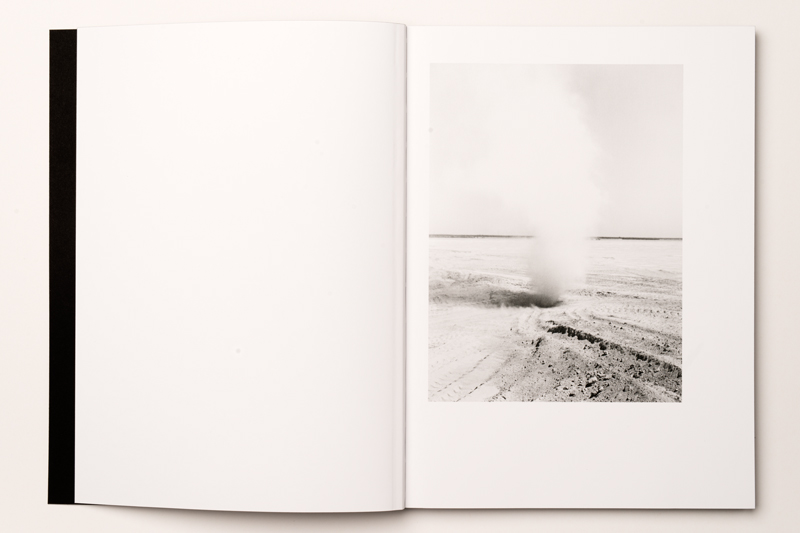
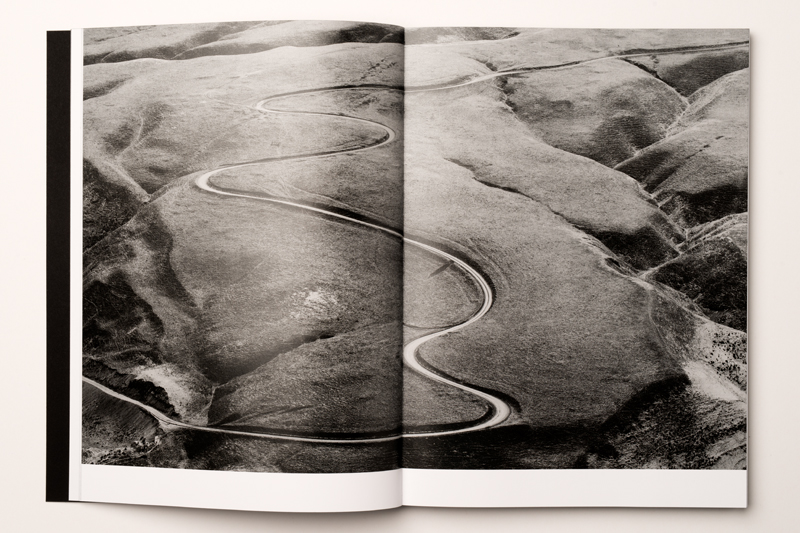
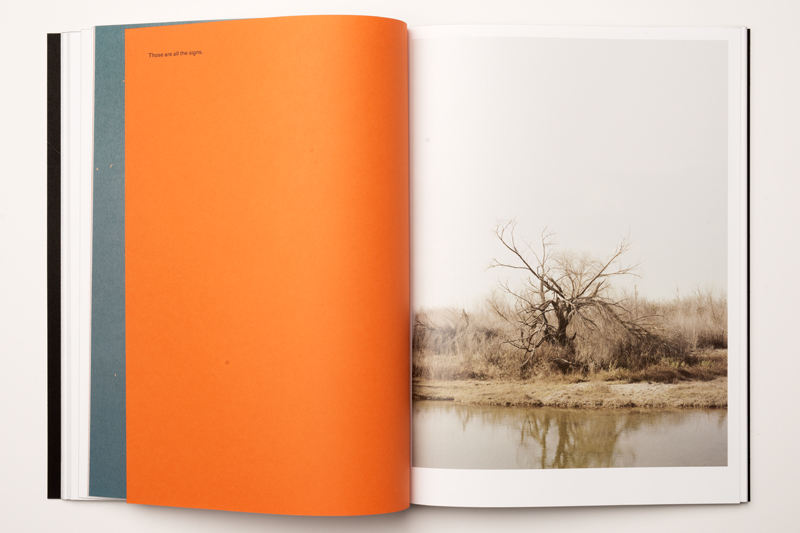
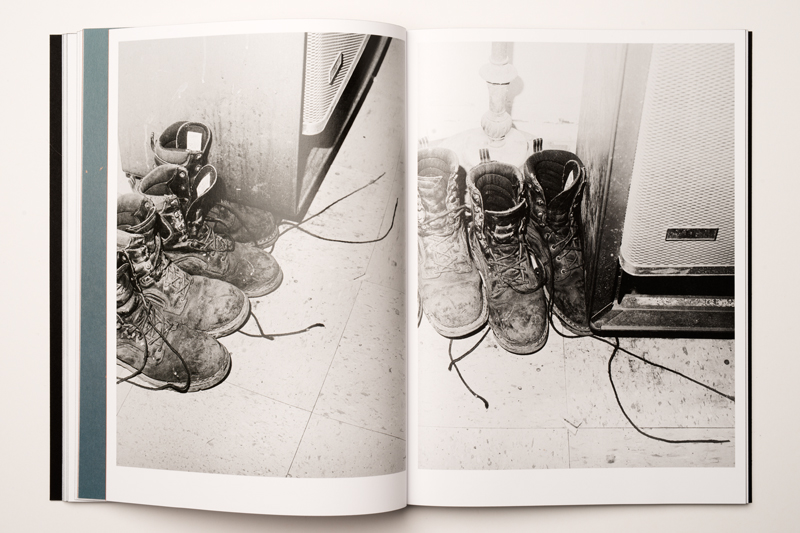
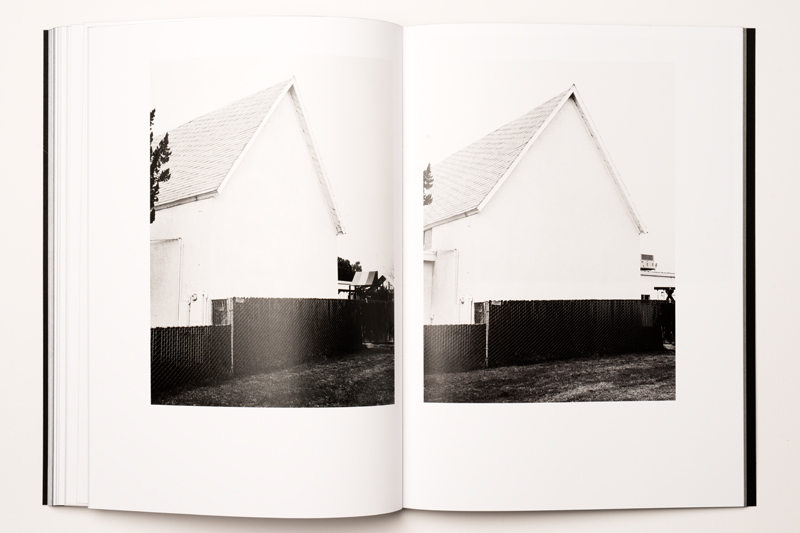
Artist: Heikki Kaski
Title: Tranquillity
Publisher: Lecturis
Year: 2014
BUY
The relentless optimism of westward expansion is (or at least, was) a defining aspect of America’s self-mythology, always pushing back the frontier, claiming new territory. The American dream is the lure of making one’s own destiny, just as the landscape itself had to be remade in order to satisfy the demands of boundless productivity. The west and California in particular, seemed a potential Eden where the promise of American enterprise could be most readily fulfilled. It was here that the past could be discarded and a future made, along with a fortune. But the Faustian energy of this transformation would prove unsustainable, resting as it does on the most tenuous of economic foundations. These cycles of development inevitably collapse, with devastating results. Such a landscape contains the triumph and crisis of late modernity in miniature.
The town of Tranquillity exists on a new kind of frontier, which is geographical, but also historical, marking the seeming obsolescence of established forms of production and social organization. Heikki Kaski’s pictures of the town and its inhabitants are a fractured series of reflections on a landscape that seems to have outlived its own history. He does not offer a factual narrative about the specifics of this place, which is treated instead as the archetype of a particular situation, joining subjective experience to economic realities. This is an acknowledgement of the fundamental link that exists between the social order and the lives of those who exist within it. Kaski creates a distinct, palpably uneasy atmosphere, marked by the use of several, and often clashing, visual strategies to demonstrate the unresolved tensions that have come to define not only the place itself, but also evoke the inner lives of those people who call it home.
What the pictures reveal is a state of material and psychological exhaustion, where familiar certainties have been undermined and even nature seems depleted to the point of absence – everything is flattened or scarred. A key pair of images here shows a shrouded tree with a few gaunt branches poking through its improvised wrapping. This is the spectre of a utopian desire to utilise every resource without fear of repercussion, and it remains an open question as to whether or not the landscape will recover from the assault; Kaski seems to offer little hope. His portraits also tend toward a similar ambivalence, faces are averted or concealed. Even when his subjects face the camera their actions and expressions remain inscrutably private, perhaps because there is no shared vocabulary in America’s mythology for its own failures. They are seen as an individual rather than a public burden.
Kaski treats none of this with a sociologist’s eye, however. Strategies such as the use of repeated images remind us that his is still a constructed narrative – even a polemic, in its own way. He creates a mood, from which we can draw our own conclusions. But this poetics is not altogether cut off from the realm of political forces, because those forces remain absolutely central to our lives (and the lives that he is concerned with), even when they go largely unseen. Their manifestation here is actually in the sense of strangeness that pervades Kaski’s narrative. What we are seeing is, among other things, the shadow side of unsustainable growth. The implied continuity of social and economic progress has been ruptured, exposing the hollowness at its core. In that sense, Tranquillity could be anywhere; the ‘reality’ of his narrative is ultimately less significant than how Kaski has traced the fault lines of a pervasive condition.
